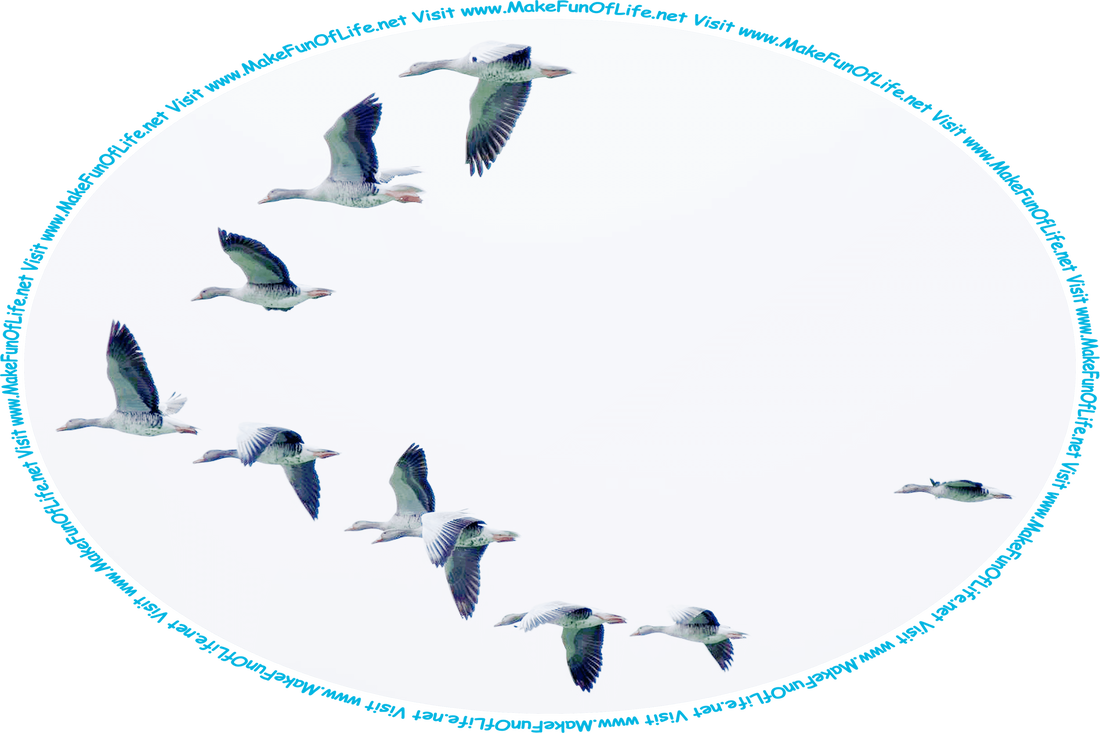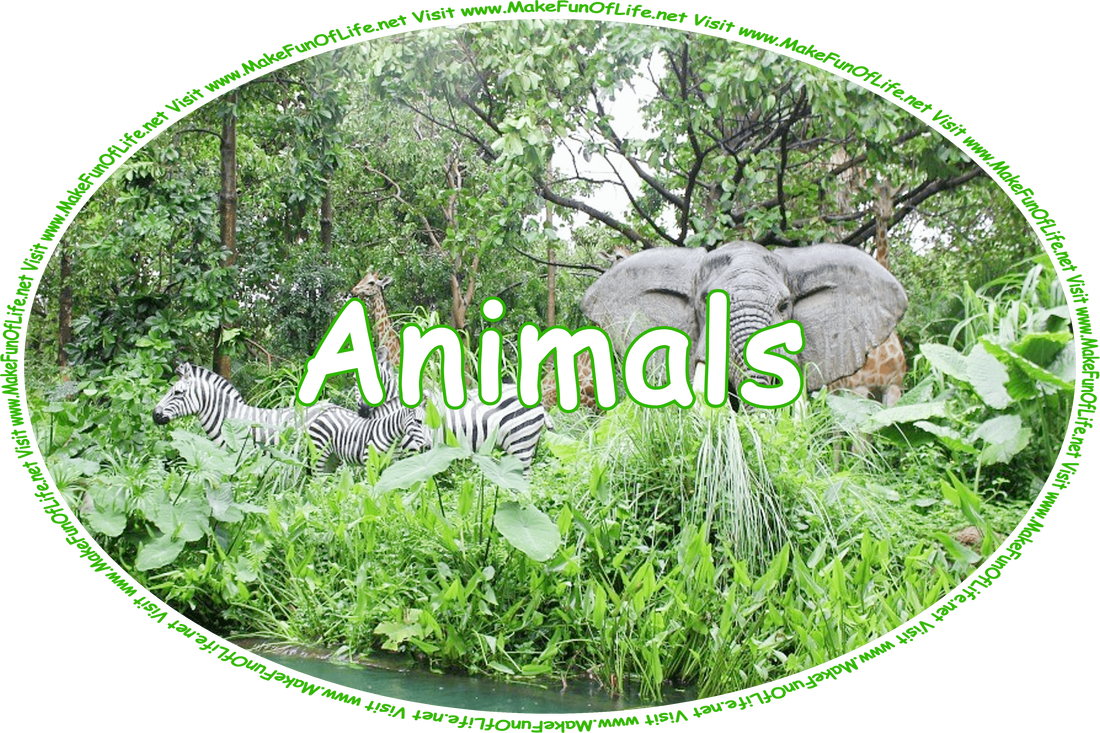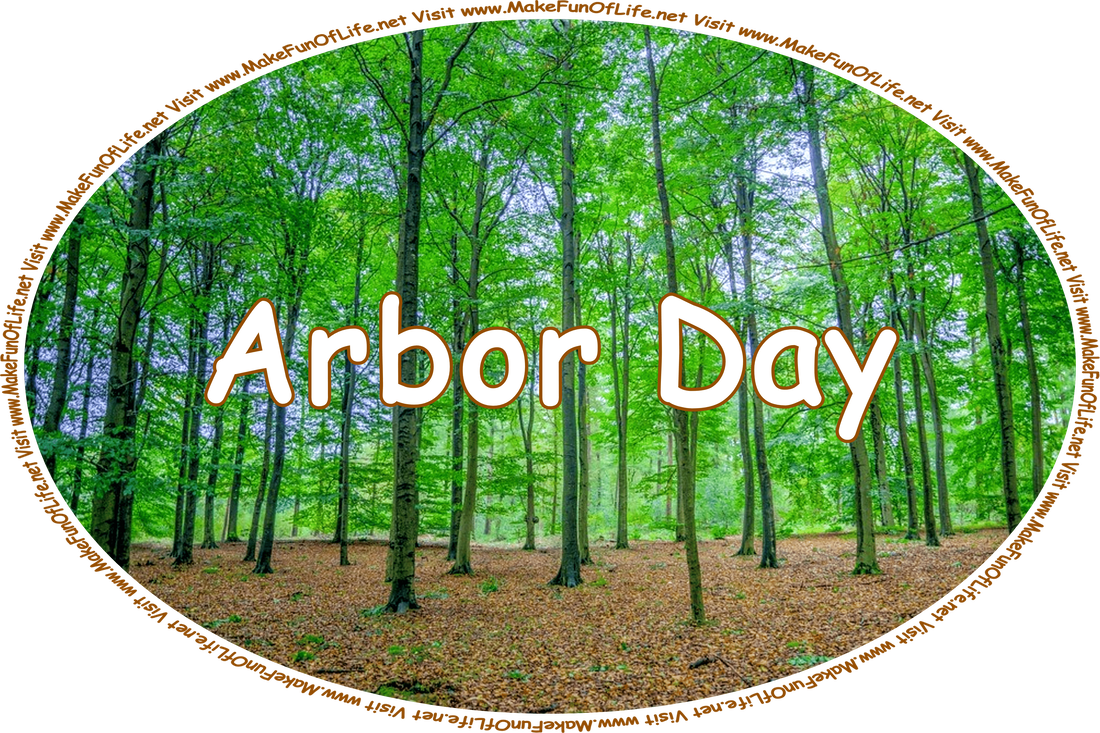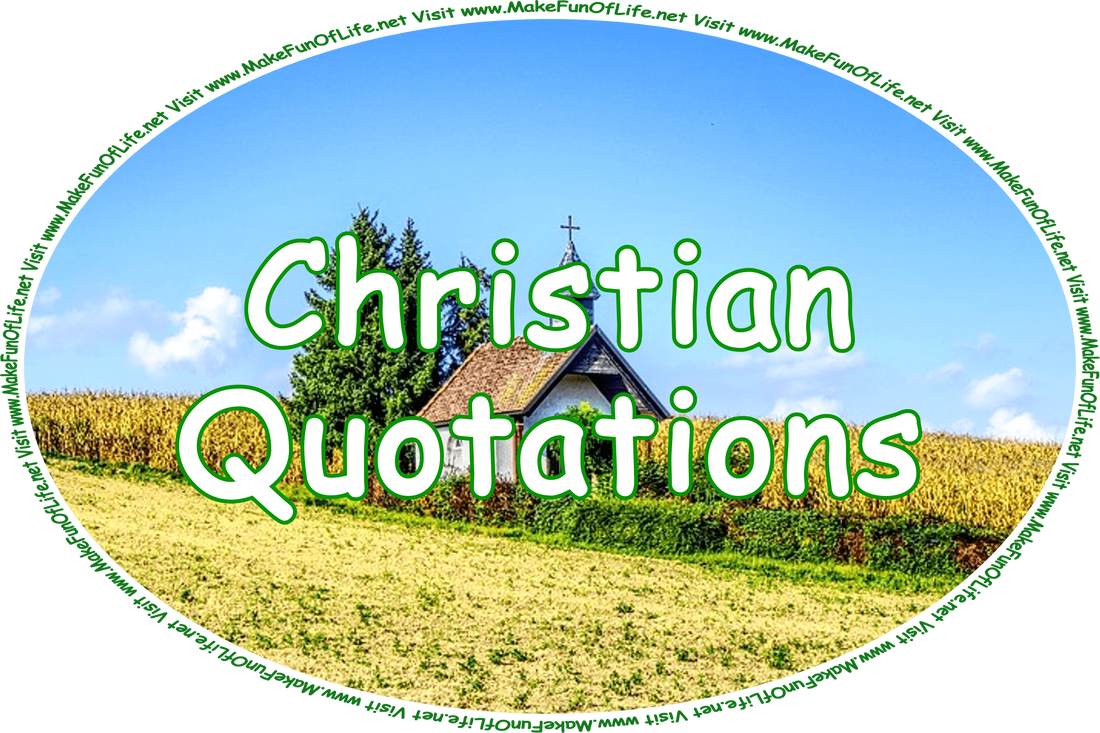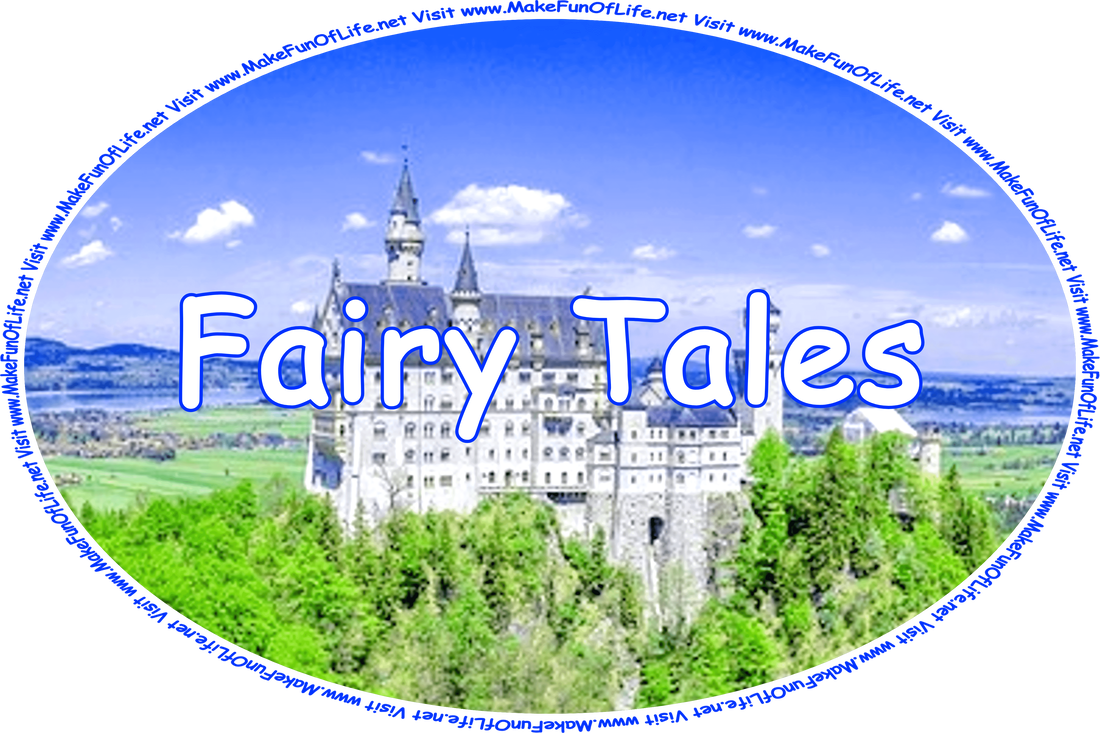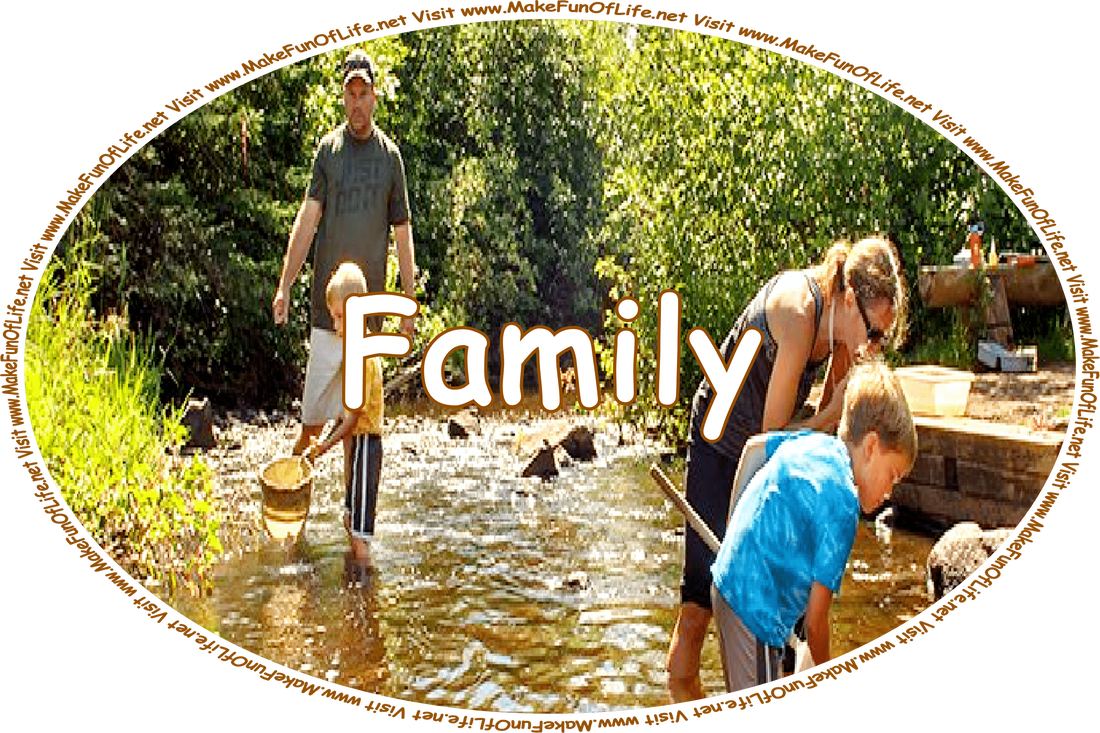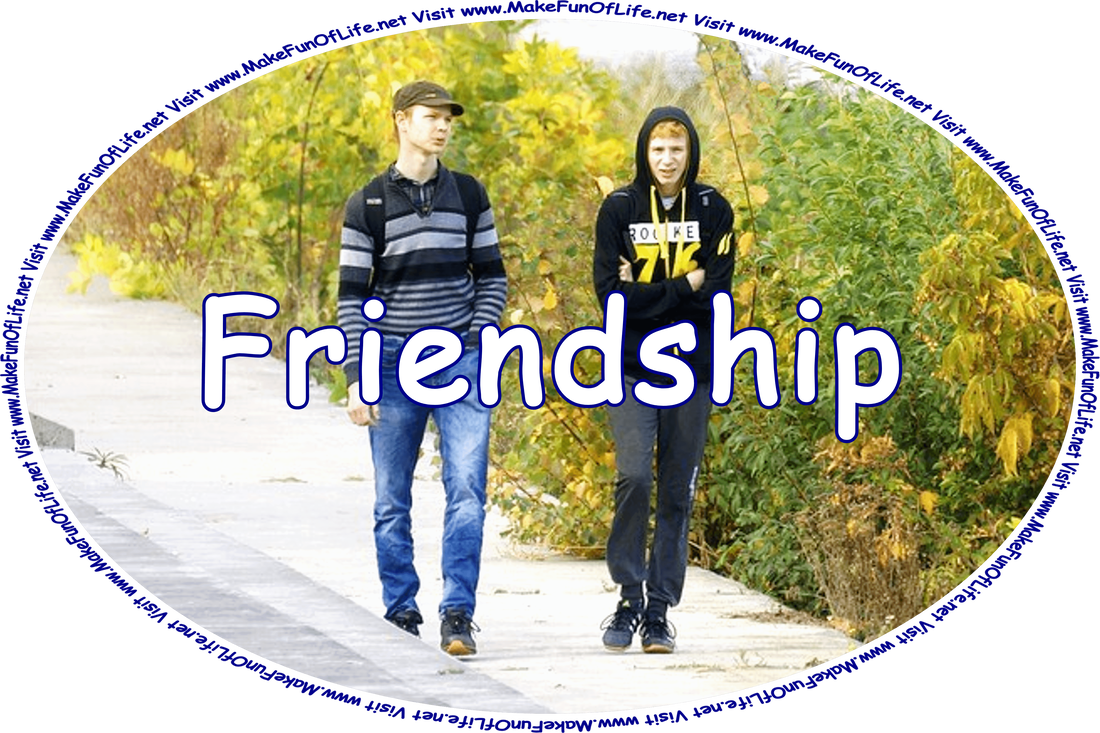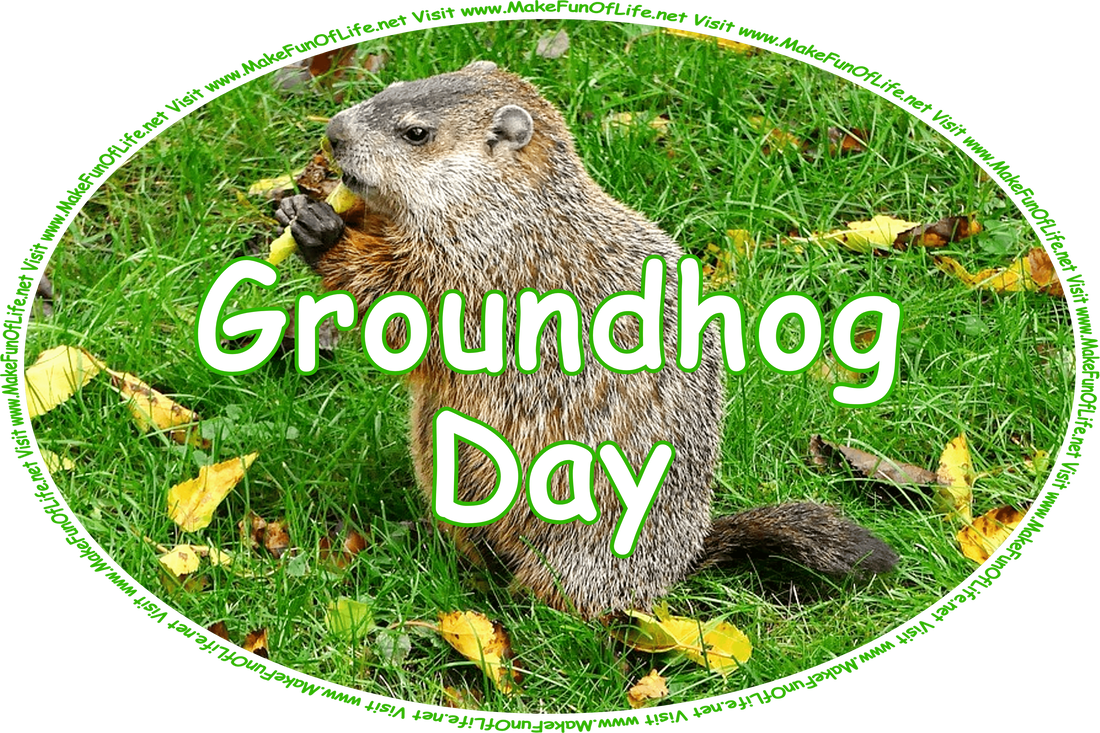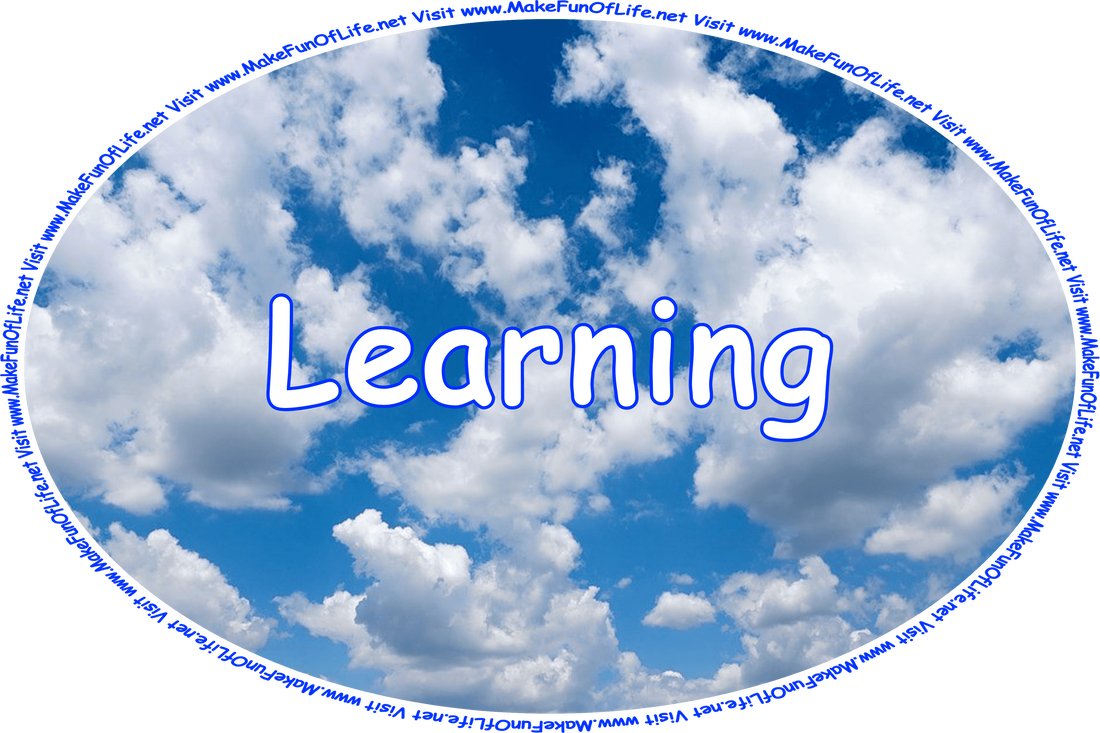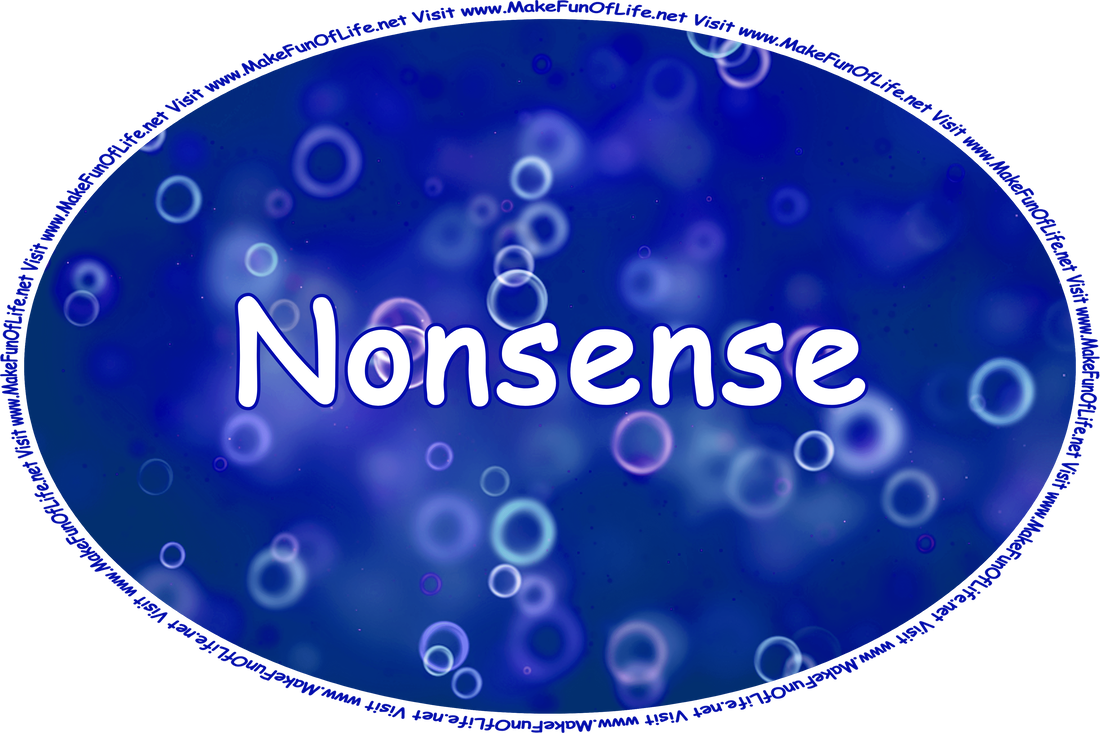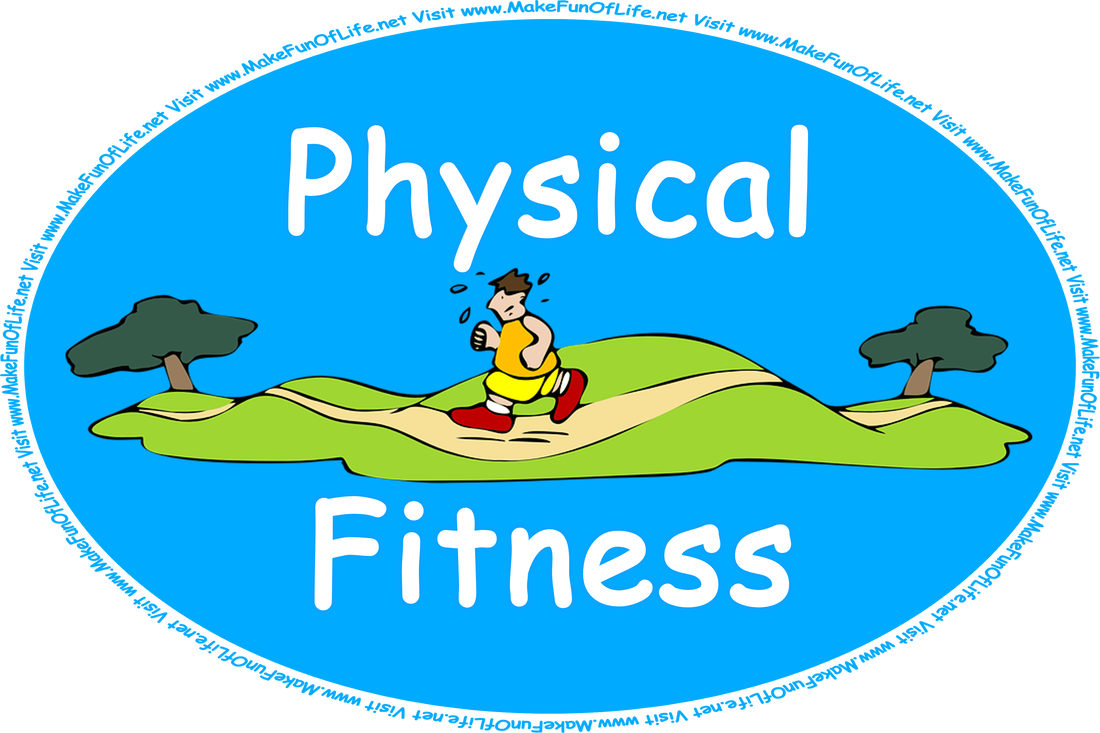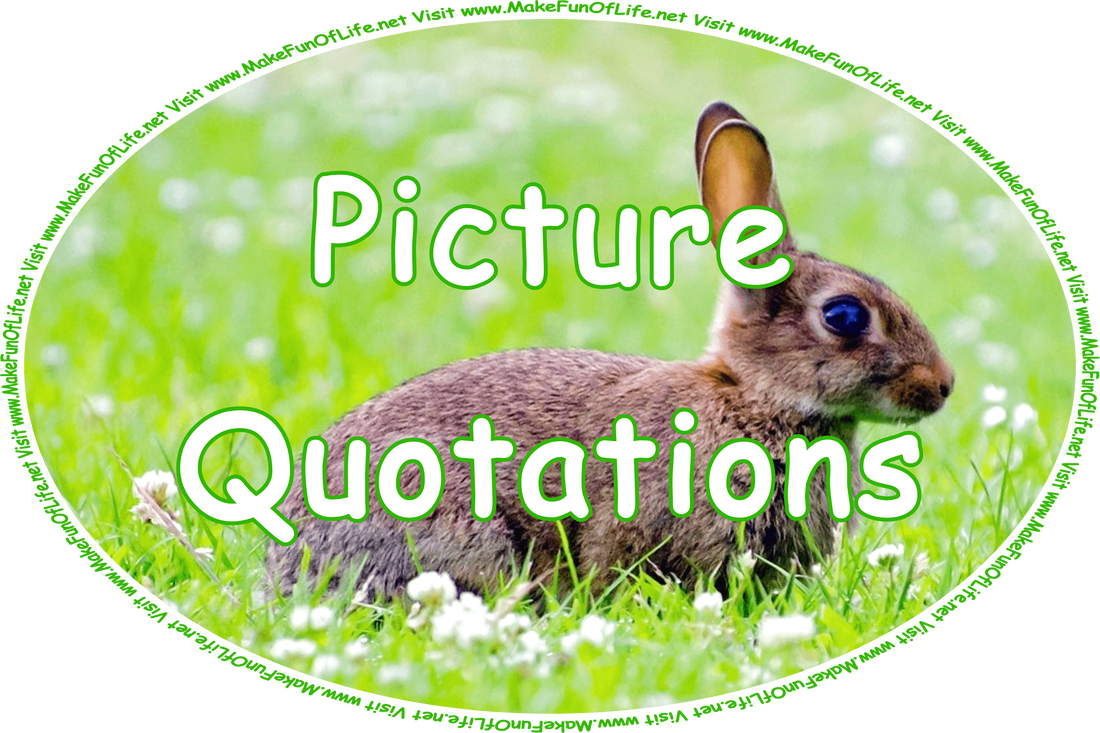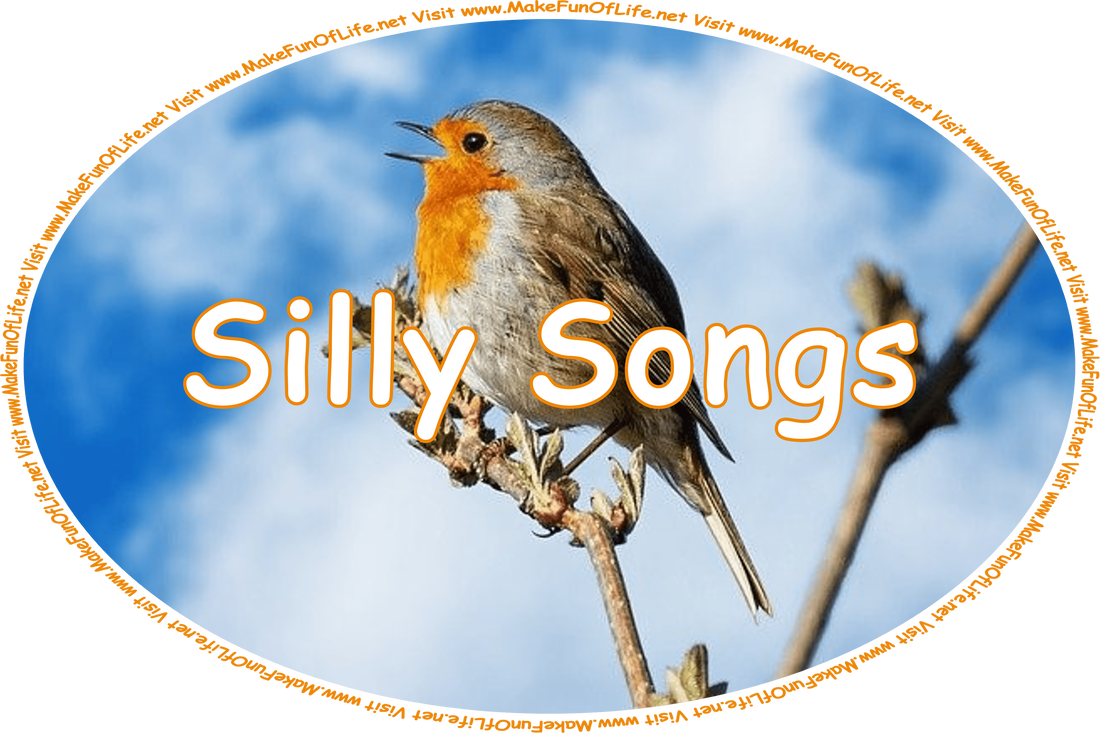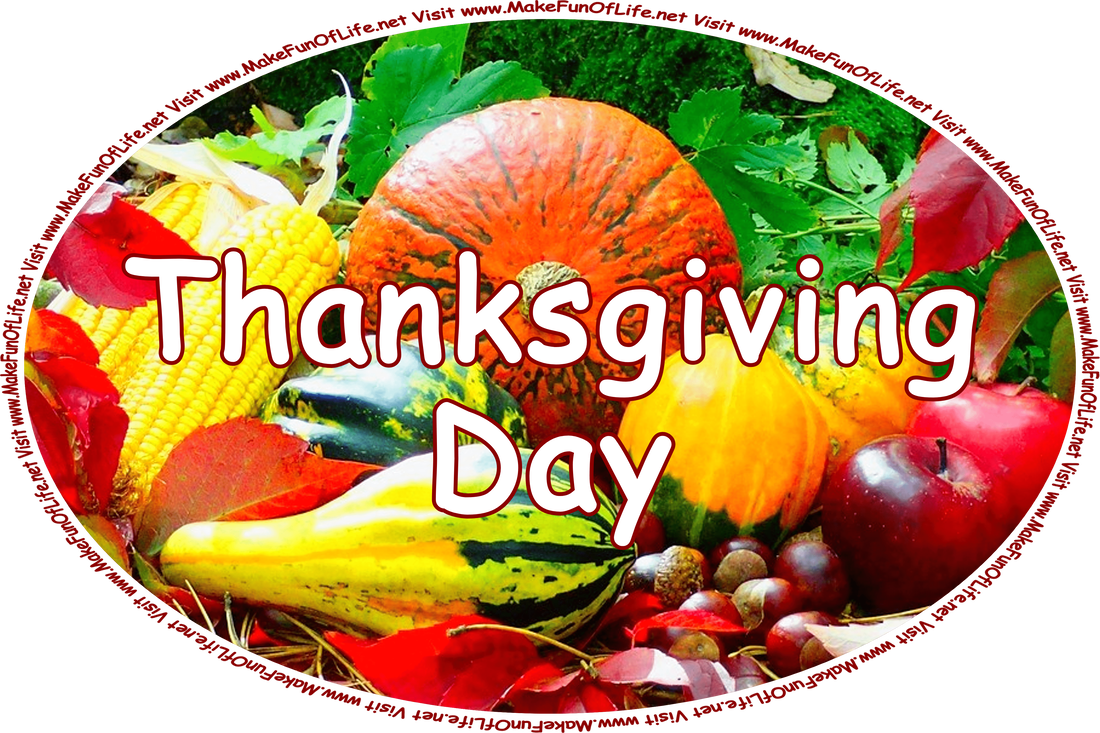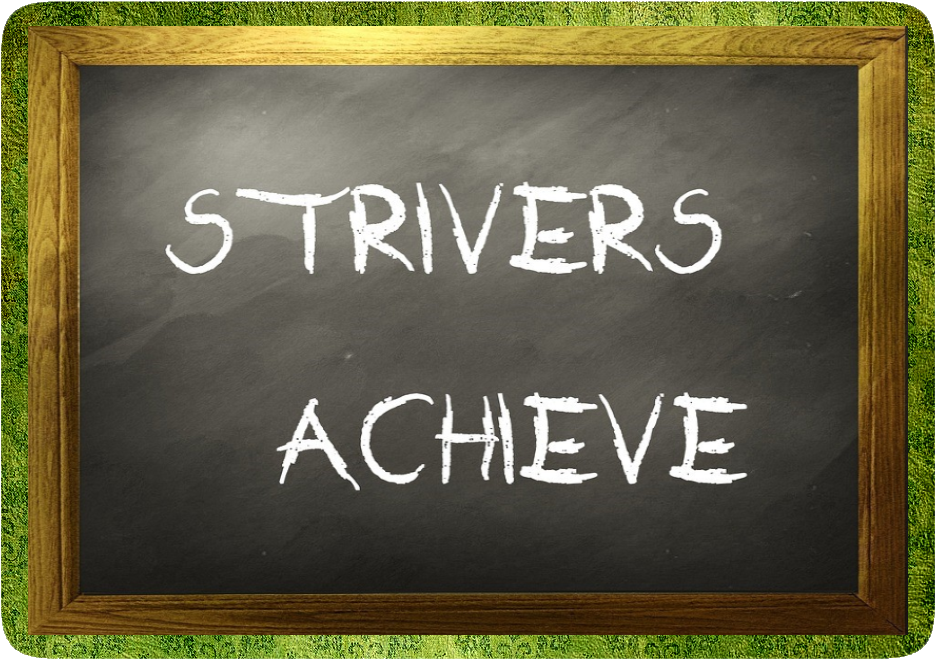Teamwork Lessons From The Geese
This fall, when you see Geese heading south for the winter, flying along in ‘V’ formation, you might consider what science has discovered as to why they fly that way. As each bird flaps its wings, it creates uplift for the bird immediately following.
By flying in ‘V’ formation the whole flock adds at least 71 percent greater flying range than if each bird flew on its own. When a goose falls out of formation, it suddenly feels the drag and resistance of trying to go it alone and quickly gets back into formation to take advantage of the lifting power of the bird in front.
When the Head Goose gets tired, it rotates back in the wing and another goose flies point.
Geese honk from behind to encourage those up front to keep up their speed.
Finally, and this is important, when a goose gets sick, or is wounded by gunshots and falls out of formation, two other geese fall out with that goose and follow it down to lend help and protection. They stay with the fallen goose until it is able to fly, or until it dies. Only then do they launch out on their own, or with another formation to catch up with their group.
by Robert McNeish (1972)
Robert F. McNeish was at one time an associate superintendent of the Baltimore public schools in Baltimore, Maryland, United States of America.
This fall, when you see Geese heading south for the winter, flying along in ‘V’ formation, you might consider what science has discovered as to why they fly that way. As each bird flaps its wings, it creates uplift for the bird immediately following.
By flying in ‘V’ formation the whole flock adds at least 71 percent greater flying range than if each bird flew on its own. When a goose falls out of formation, it suddenly feels the drag and resistance of trying to go it alone and quickly gets back into formation to take advantage of the lifting power of the bird in front.
When the Head Goose gets tired, it rotates back in the wing and another goose flies point.
Geese honk from behind to encourage those up front to keep up their speed.
Finally, and this is important, when a goose gets sick, or is wounded by gunshots and falls out of formation, two other geese fall out with that goose and follow it down to lend help and protection. They stay with the fallen goose until it is able to fly, or until it dies. Only then do they launch out on their own, or with another formation to catch up with their group.
by Robert McNeish (1972)
Robert F. McNeish was at one time an associate superintendent of the Baltimore public schools in Baltimore, Maryland, United States of America.
Lessons from Geese
Fact 1: As each goose flaps its wings it creates an ‘uplift’ for the birds that follow. By flying in a ‘V’ formation, the whole flock adds 71 percent greater flying range than if each bird flew alone.
Lesson: People who share a common direction and sense of community can get where they are going quicker and easier because they are traveling on the thrust of one another.
Fact 2: When a goose falls out of formation, it suddenly feels the drag and resistance of flying alone. It quickly moves back into formation to take advantage of the lifting power of the bird immediately in front of it.
Lesson: If we have as much sense as a goose we stay in formation with those headed where we want to go. We are willing to accept their help and give our help to others.
Fact 3: When the lead goose tires, it rotates back into the formation and another goose flies to the point position.
Lesson: It pays to take turns doing the hard tasks and sharing leadership. As with geese, people are interdependent on each other’s skills, capabilities, and unique arrangements of gifts, talents, or resources.
Fact 4: The geese flying in formation honk to encourage those up front to keep up their speed.
Lesson: We need to make sure honking is encouraging. In groups where there is encouragement the production is much greater. The power of encouragement (to stand by one’s heart or core values and encourage the heart and core of others) is the quality of honking we seek.
Fact 5: When a goose gets sick, wounded, or shot down, two geese drop out of formation and follow it down to help and protect it. They stay with it until it dies or is able to fly again. Then, they launch out with another formation or catch up with the flock.
Lesson: If we have as much sense as geese, we will stand by each other in difficult times as well as when we are strong.
By Author Unknown
Fact 1: As each goose flaps its wings it creates an ‘uplift’ for the birds that follow. By flying in a ‘V’ formation, the whole flock adds 71 percent greater flying range than if each bird flew alone.
Lesson: People who share a common direction and sense of community can get where they are going quicker and easier because they are traveling on the thrust of one another.
Fact 2: When a goose falls out of formation, it suddenly feels the drag and resistance of flying alone. It quickly moves back into formation to take advantage of the lifting power of the bird immediately in front of it.
Lesson: If we have as much sense as a goose we stay in formation with those headed where we want to go. We are willing to accept their help and give our help to others.
Fact 3: When the lead goose tires, it rotates back into the formation and another goose flies to the point position.
Lesson: It pays to take turns doing the hard tasks and sharing leadership. As with geese, people are interdependent on each other’s skills, capabilities, and unique arrangements of gifts, talents, or resources.
Fact 4: The geese flying in formation honk to encourage those up front to keep up their speed.
Lesson: We need to make sure honking is encouraging. In groups where there is encouragement the production is much greater. The power of encouragement (to stand by one’s heart or core values and encourage the heart and core of others) is the quality of honking we seek.
Fact 5: When a goose gets sick, wounded, or shot down, two geese drop out of formation and follow it down to help and protect it. They stay with it until it dies or is able to fly again. Then, they launch out with another formation or catch up with the flock.
Lesson: If we have as much sense as geese, we will stand by each other in difficult times as well as when we are strong.
By Author Unknown
